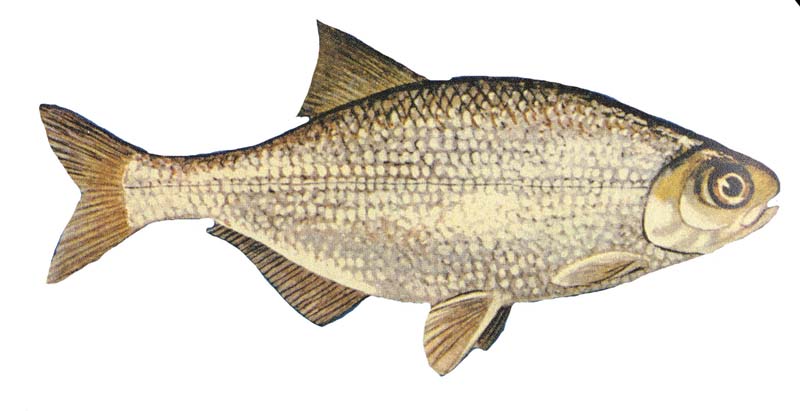- Hiodontiformes
Taxobox
name = Hiodontiformes

image_caption = "Hiodon tergisus "
regnum =Animal ia
phylum = Chordata
classis =Actinopterygii
ordo = Hiodontiformes
subdivision_ranks = Families
subdivision =Hiodontidae (mooneyes)Hiodontiformes is a relatively new order of
fish , consisting of the two living species of themooneye familyHiodontidae and three genera of extinct types.These are traditionally classified with the
Osteoglossiformes , and many authorities still do, but fossil study of the extinct "Yanbiania" suggest that the hiodontids separated from other osteoglossiforms early, and thus belong to a separate order.External links
* [http://tolweb.org/tree?group=Hiodontiformes&contgroup=Osteoglossomorpha Tree of Life entry for Hiodontiformes]
Wikimedia Foundation. 2010.
